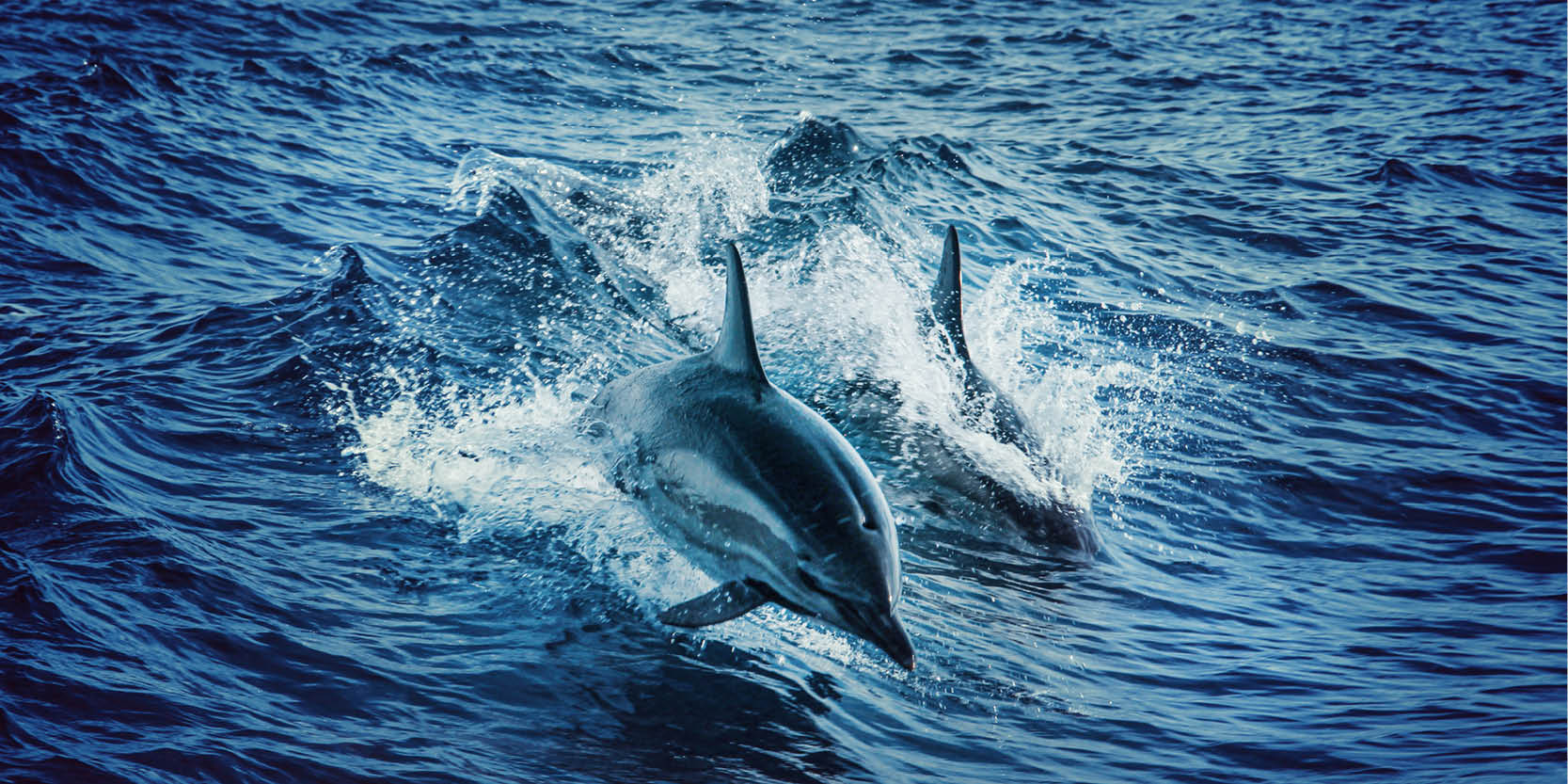In This Section
- Home
- About the College
- Governance
- College Committees & Steering Groups
- College Assembly
- College Council
- College Executive Management Committee
- College Academic Programmes and Curriculum Development Committee
- College Graduate Studies Committee
- College Research & Innovation Committee
- College Teaching Learning and Student Experience Committee
- College Student Recruitment and Outreach Committee
- College Sabbatical Research Leave Committee
- College of SEFS Adjunct Appointments Committee
- International Education Committee
- College Postgraduate Student Committee
- Athena SWAN Steering Group
- College Committees & Steering Groups
- Human Resources
- UCC STEM Awards
- Scholarships and Prizes
- Women in STEM Panel Talks
- Inaugural Professorial Lectures
- Athena SWAN in SEFS
- Proposal Calls
- Contact Us
- Science in Society Public Lecture Series
- Governance
- News
- Staff
- Schools and Departments
- Current Students
- Undergraduate Courses
- Postgraduate Courses
- International Students
- Research and Innovation
- Employability and Careers
- Outreach and Public Engagement
- Science Week
- Transition Year Programmes
Mathematicians in UCC and TU Dublin awarded almost €1m in funding to solve deep sea mystery

A research project led by Dr David Henry, School of Mathematical Sciences, UCC and colleagues in TU Dublin has been awarded €916,000 by Science Foundation Ireland to investigate the science behind a nautical phenomenon once attributed to sea monsters and supernatural powers.
Scientists believe that internal water waves, which are responsible for the so-called ‘dead water’ phenomenon, play a fundamental role in any meaningful description of large-scale dynamics of the ocean. An improved understanding of their behaviour is essential to developing our understanding of ocean circulation, and ocean-atmosphere dynamics, which are in turn fundamental processes underlying climate dynamics.
Internal waves have some particularly interesting, and quite unforeseen, impacts in both the real, and “fictional”, worlds: dolphins have been observed swimming ahead of a moving ship by ‘surfing’ the internal waves that it generates and, away from the ocean, it has been suggested that internal wave-related activity might be one explanation for the Loch Ness monster.
The research programme entitled "Ocean flow induced by Internal Wave-Current Interactions" will employ innovative mathematical techniques to develop new mathematical models which will help transform our understanding of internal waves in the ocean. The project is led by Dr David Henry, School of Mathematical Sciences, UCC in collaboration with Professor Rossen Ivanov, School of Mathematics and Statistics, TU Dublin.
Dr Henry said:
"I am very excited to lead a collaborative team undertaking a mathematical research programme that will improve our knowledge of very important, yet still not well understood, ocean processes. “This research programme will be very challenging, as nonlinear water waves are a complex subject of theoretical research, but it will also be very exciting. This research programme has also been designed to incorporate insight gained from various high-level international, and interdisciplinary, collaborations, and it will be very rewarding to generate and create research activity in UCC that will have a wide-ranging international impact."
Internal waves arise wherever there is a change in the layers of water which occurs, in an oceanographical context, due to variations in temperature, salinity, or other fluctuations in the environment. These internal waves connect the shallow and deeper waters of the ocean by transporting momentum and energy, and are typically the most energetic high-frequency events in the coastal ocean, as well as in deeper settings, vertically displacing water parcels by up to 100m and generating strong currents.
Internal waves have been the source of applied oceanographical research at a number of locations in Irish marine territories, in particular the Celtic Sea (an area of the Atlantic Ocean off the south coast of Ireland, bounded to the east by Saint George's Channel), the Rockall Trough (a deep-water bathymetric feature located at the northwest of Ireland), and the Malin Sea and Shelf (which lie immediately north of Ireland, and to the east of the Rockall Trough).
In the Celtic Sea, which adjoins Ireland, internal waves have been observed with vertical displacements in excess of 50m, which is equivalent to over a third of the water depth. These physical parameters are characteristic of highly nonlinear internal waves, which are the focus of this research project.
Internal waves play an important role in understanding exchanges between continental shelves, and the ocean: continental shelf breaks are critical interfaces in the Earth system, and disproportionately high levels of shelf sea carbon can be sequestered to the deep ocean for long term storage. This is of particular relevance to Ireland as our marine territories extend to the Irish Continental Shelf, which is one of the largest seabed territories in Europe.
Internal waves have a major impact in biological considerations since they carry nutrients onto the continental shelf - 50% of shelf sea nutrients are estimated to arrive across the shelf-break boundary.
Internal waves are of interest to geological oceanographers because these waves produce sediment transport on ocean shelves, and breaking internal waves on sloping surfaces creates erosion. Internal waves are also of relevance to coastal engineers because of the tidal and residual currents that they generate, which can cause scour on nearshore as well as offshore structures.
Dr David Henry added
“In spite of their clear importance, several important theoretical gaps remain in our understanding of the ocean dynamics induced by internal water waves, and wave-current interactions. Much also remains to be learned regarding the role that internal waves play in various exchange processes, which in turn requires a deeper theoretical understanding of the ocean dynamics induced by internal waves. That is the overarching aim of this research programme.”
College of Science, Engineering and Food Science
Coláiste na hEolaíochta, na hInnealtóireachta agus na hEolaíochta Bia
Contact us
Block E, Level 3, Food Science Building, UCC, Cork, T12 YN60.
